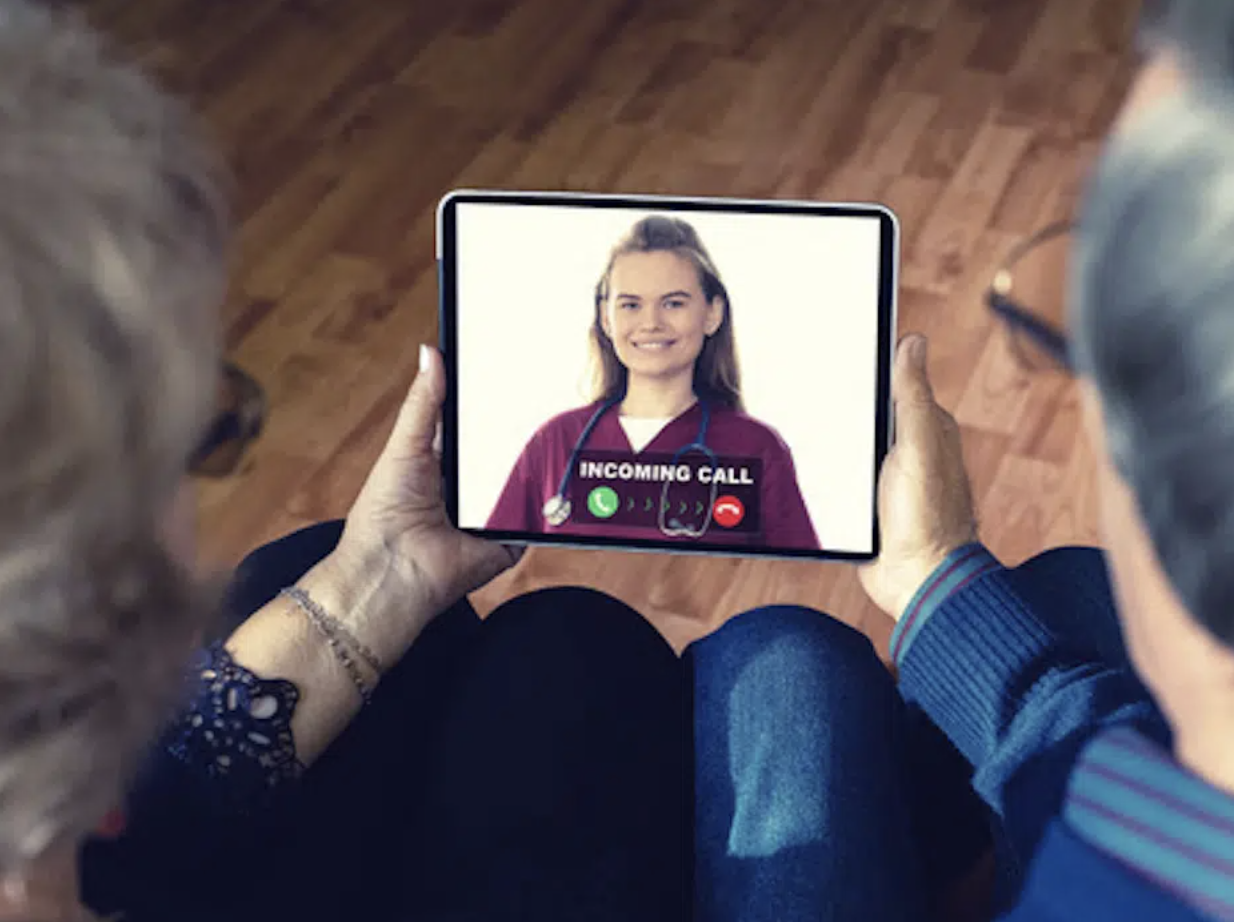Communicating with patients remains a significant challenge for healthcare providers this year. Despite advances in healthcare informatics technology, communications and collaboration technologies still lag behind. Patients report frustration at not being able to reach providers to book appointments or to ask questions about their treatment. Moreover, cybersecurity concerns remain a top concern of providers.
🧑⚕️⚕️👨🏻💻 What’s the key to better patient experiences and outcomes? Get our free infographic of winning healthcare communications strategies to find out.
Three specific challenges loom large this year:
- Efficient patient-to-provider access
- Cybersecurity of health data
- Use of outdated communications technology
However, these hurdles aren’t insurmountable. An integrated cloud-based communications platform can address each of these challenges. To keep your staff and patients connected, healthcare providers can sign up here to get RingCentral Office® for free.
What is an integrated cloud-based communications platform?
An integrated cloud healthcare communications platform offers a suite of collaboration tools, including voice, video meetings, secure messaging, and contact center technologies. Providers use it to share important information with patients and with team members as well.
This solution allows patients to contact providers on any device, anytime, anywhere. Patients no longer need to book appointments or wait for an emergency to communicate with their providers. Moreover, a healthcare cloud communications solution lets providers collaborate on patient health in a secure and effective manner.
Challenge 1: Efficiently scheduling appointments
One of the top healthcare communications challenges relates to efficient appointment scheduling. A 2019 survey showed that 42 percent of patients believe it takes too long to schedule an appointment over the phone. As a result, patients don’t get the care they need, while healthcare organization revenue suffers.
A cloud-based communications platform helps providers overcome this problem. It intelligently routes calls to scheduling coordinators, regardless if they are located at the patient’s specific practice or an alternate, central scheduling location. That way, patients don’t get frustrated by long hold times, and they can book their appointments efficiently.

Challenge 2: Health data cybersecurity concerns
In the first half of 2019, over 32 million patient records were breached. Hackers were responsible for over 50 percent of those incidents. Healthcare organizations of all sizes are at risk; a 2018 study revealed over 83 percent of practices have experienced some kind of cyberattack. The right healthcare communications platform keeps your patient data safe. Ensure that it is HITRUST CSF certified.
Challenge 3: Outdated communications touch points
The third challenge healthcare providers face is the use of outdated communication methods. These methods usually offer only basic voice and voicemail touch points. Patients today want to connect with providers digitally, including through patient portals. However, just over half of healthcare organizations have deployed them and are struggling to hit patient utilization and adoption thresholds.
A healthcare communications platform can increase patient portal adoption by enhancing collaboration capabilities, like web chat. With these enhancements, patients can more effectively contact and engage with their providers.

RingCentral: the healthcare communications platform that solves communications challenges
RingCentral’s healthcare communications platform solves healthcare communications challenges in 2020 and beyond. Omnichannel patient routing will dynamically connect your scheduling coordinators with patients on their channel of choice to support fast scheduling resolution. HITRUST CSF certification supports care teams to exchange ePHI within secure messages, voice calls, and other channels. Patients can be engaged through secure video conferencing to support increased demands for virtual care sessions.
Don’t let communication challenges hold your practice back. See how cloud communications can transform your healthcare organization. Request a demo.
Originally published Mar 30, 2020, updated Feb 10, 2022





